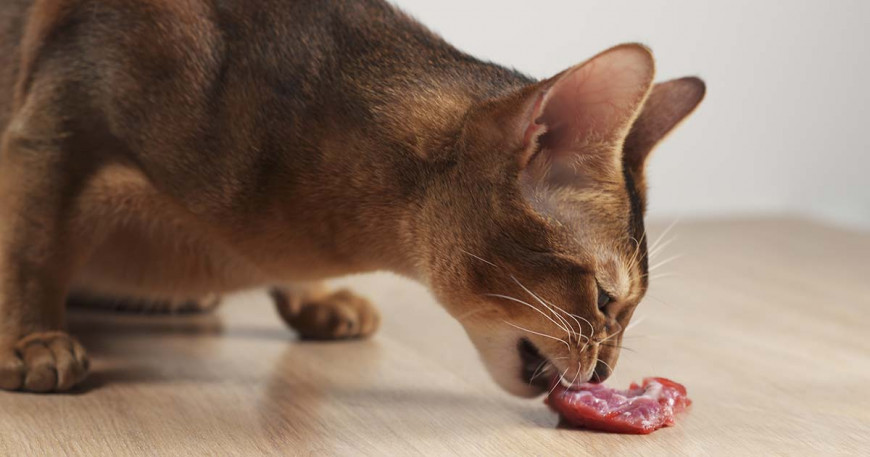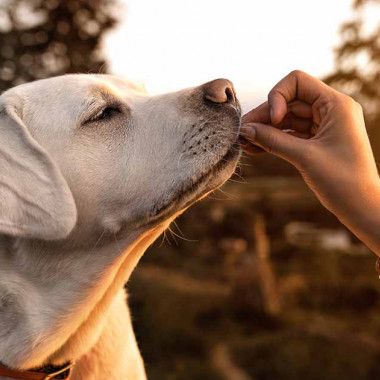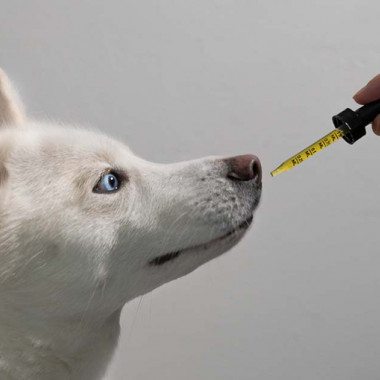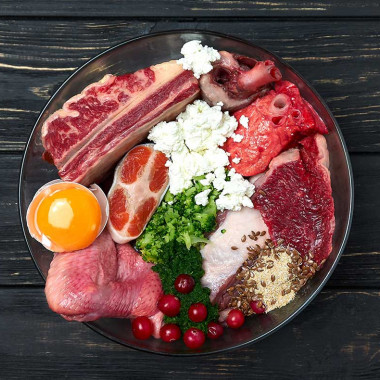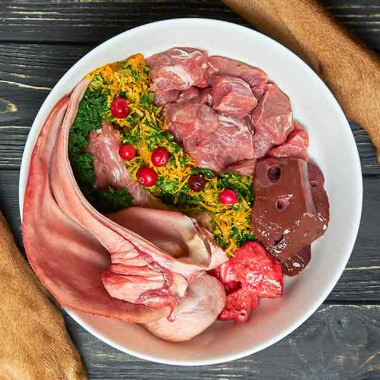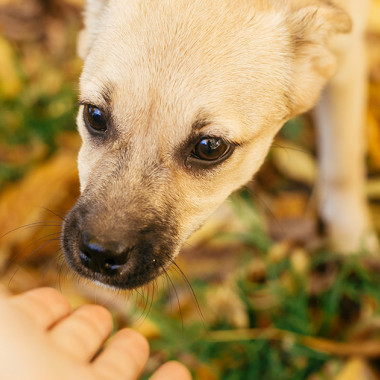BARF for cats is a way of feeding cats with a natural diet. Although cats have been domesticated for thousands of years, they are originally hunters and carnivores. Like canines, cats consume meat, bones, and organs from their prey. However, feeding BARF to cats and dogs does differ in some ways. Let’s take a closer look at how to properly feed a cat with raw food.
Transitioning from kibble to BARF
For dogs, transitioning to BARF is relatively simple and can be done in several ways. Cats (although not all) are generally quite picky and do not tolerate changes well. Therefore, it is recommended to make a gradual transition to raw food with cats. This means starting by adding the new food to their original diet. Initially, only a small amount, then gradually reducing the kibble and increasing the amount of meat each day until the kibble is completely phased out.
If you have a cat that is not picky and handles changes well, you can try an immediate transition to BARF, meaning switching from kibble to raw food overnight.
Daily BARF serving for cats
We calculate the daily BARF portion for cats similarly to dogs. We estimate 2-3% of the cat's ideal weight. However, the composition of the meal and the number of daily feedings are where the key differences arise.
Composition of a BARF meal for cats
Approximately 75% meat (muscle meat)
Approximately 10% bones
Approximately 10% organs
Approximately 5% others (eggs, dairy products, supplements)
Tip: For easier feeding, we recommend trying the complete raw meat mix for cats, Mňau Mix.
Unlike dogs, cats are strict carnivores. They do not need sides such as vegetables, fruits, or grains in their diet. Cats also prefer fresh meat. Dogs can eat aged and slightly smelly meat without a problem (similar to wolves in the wild). Feeding a cat with BARF can be more challenging because few people have access to completely fresh meat daily. Of course, cats can get used to frozen meat, but if they don't finish everything in their bowl, they are unlikely to return to it after a few hours.
Number of daily feedings
A cat's digestive system is designed to process several smaller meals throughout the day. Therefore, it is recommended to divide the daily portion for a cat into at least 3-4 meals.
Supplements for cats
It’s true that with a varied diet, supplements are not always necessary. However, sometimes they can still come in handy. Common supplements that can be added to a cat’s diet include oils or herbs (a well-known favorite among cats is catnip).
Tip: In our e-shop, you can find tasty cat treats with catnip.
One of the most important nutrients to ensure for a cat is taurine. Unlike dogs, a cat's body cannot synthesize taurine on its own, so it must be obtained from external sources. A great source of taurine is heart meat (you can feed your cat whole poultry hearts or pieces of beef heart at least once a week). Alternatively, you can use treats and supplements that are high in taurine.
Just like dogs, cats can also enjoy complete nutrition through raw food. More detailed information on feeding cats with BARF can be found in our other articles.
